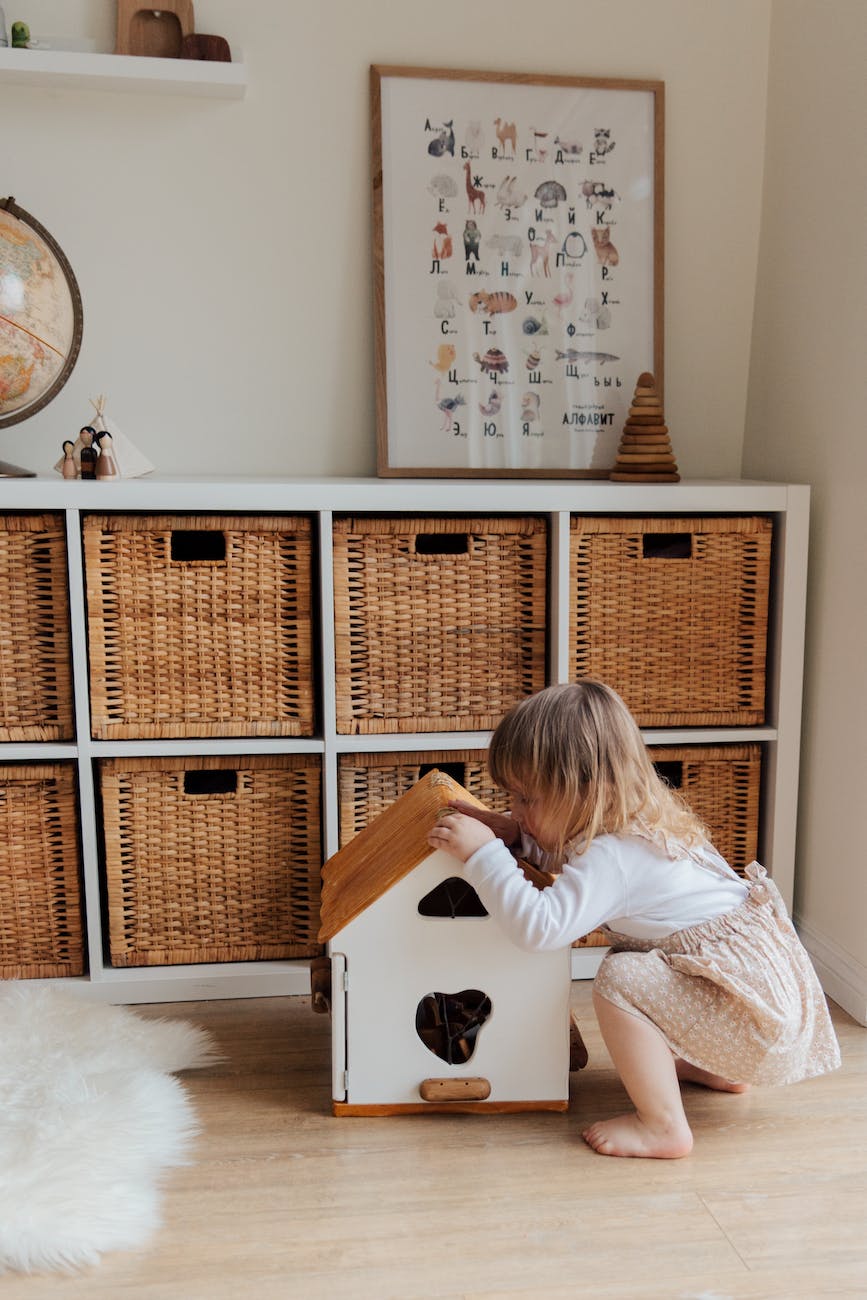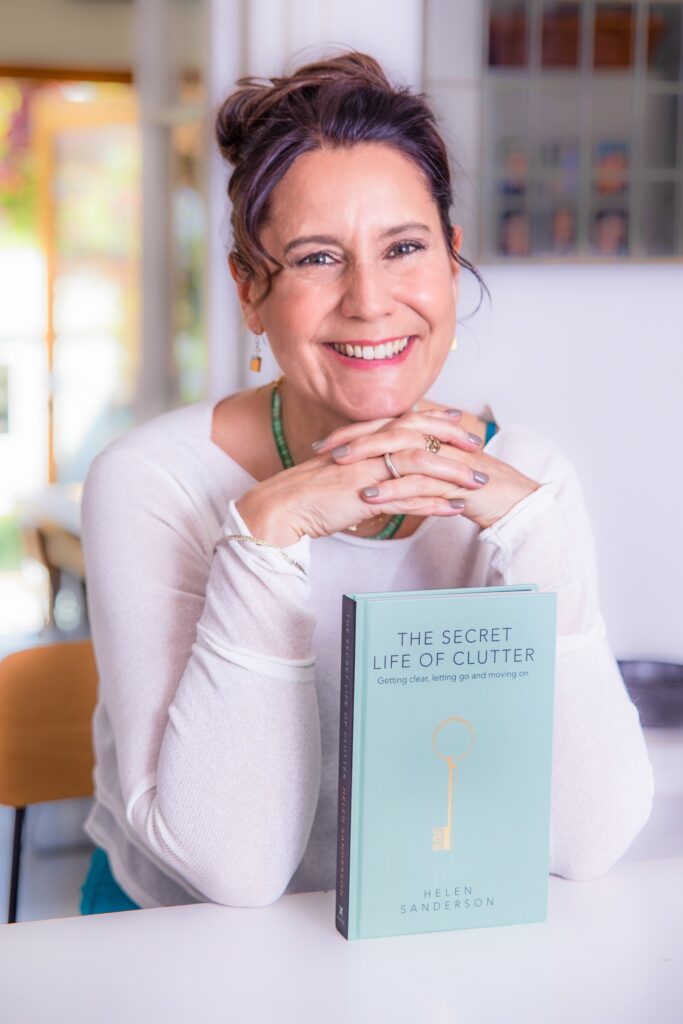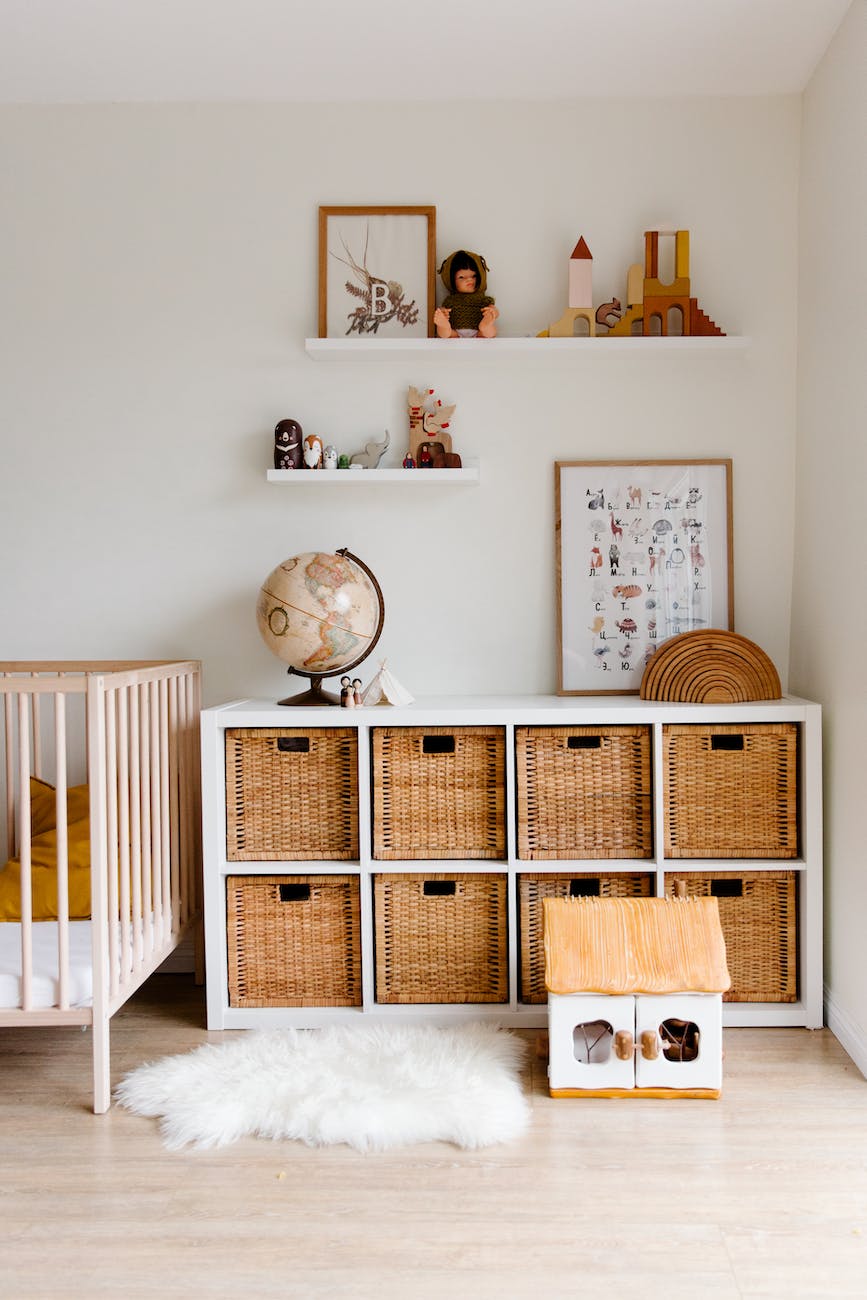Decluttering and organising your kid’s rooms is great for you and them. A clear, harmonious space really helps them be calmer and more focused, especially helpful if they struggle with ADHD, autism or dyslexia. But let’s face it, everyone can do with more calm in their life. Plus, teaching them to let go of things they don’t need, is an important life skill to learn early. Here are some simple steps you can take to help children declutter their rooms.
Show don’t tell
Kids will follow your example, so model the behaviours you want to encourage by keeping your own spaces organized. You’ll find it hard to persuade them to live a tidier life if the rest of the house is cluttered!
Always encourage your kids to join in. When they feel it’s their own space, they are more likely to take pride and keep it tidy. To get them on board, ask them to think about some of the problems of having a cluttered room, such as things getting lost or broken. And the benefits of being a bit tidier, such as being able to find things easier, and making more room for play or sleep overs.
Having a clear decluttering process can really help and my Home Declutter Kit provides exactly that. The illustrated cards work really well with little ones.
It might help to explain that getting tidy and organised is like dealing with an overgrown garden. There are three stages: weeding out all the outgrown stuff, planting want you want to keep in the right places, and then maintaining to stop things getting overgrown again.
Start with Weeding
Set aside a realistic period of time to do the decluttering, and promise them the reward of a fun activity if they have a good pile of things to bin, recycle and donate. It works best if you sit them down in a ‘Chief Decision-makers’ chair and bring the things to them in batches for them to decide. If they feel in charge, you are far less likely to get into power struggles.
Their job is just to decide what they will happily let go and what they want to keep. Keep things moving with a ‘Don’t know’ pile for things they aren’t sure about. You can come back to these later. If they still don’t want to let go of things, put them in a box and store them away. After a few months, ask if they remember what was in the box.
To encourage them to donate items, explain how their old things can make another child happy. This teaches sharing and giving.
Then Start Planting
Remember to ‘keep it simple’. Low, accessible storage with clearly defined places for things is the best option. If you have too many and things are squashed in, it will likely go back to mess. Things need space to breath, so the key is to go back to the weeding phase, have less, keep it simple and then find a place for everything.
Labelling helps kids to create a mental mind map of where things live, this will empower them to stay orientated in their space.

Maintaining order
Maintaining order is really important as, especially with kids, chaos can return very quickly. Ask them to come up with some ‘Room Guidelines’ to motivate them to learn to put things away. Remember, you have to teach them first. Then find ways to celebrate and praise their efforts when they stick to them and keep their room organized.
Remember, never scold your child about their messy room. Be patient and support them along the way. Learning to be organized takes time, especially for kids who find some things a bit harder. Whatever challenges they face, kids can learn most things, and even if they don’t become experts, they can get pretty good at it over time.

This post was written by Helen Sanderson MSc, the author of The Secret Life of Clutter and a psychotherapist, interior designer and one of the UK’s most well-respected clutter experts.
